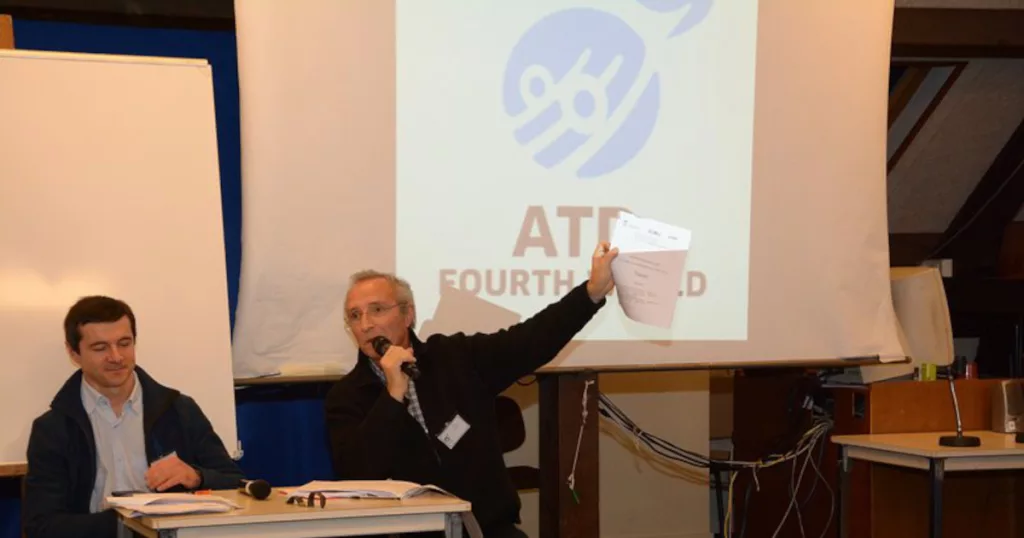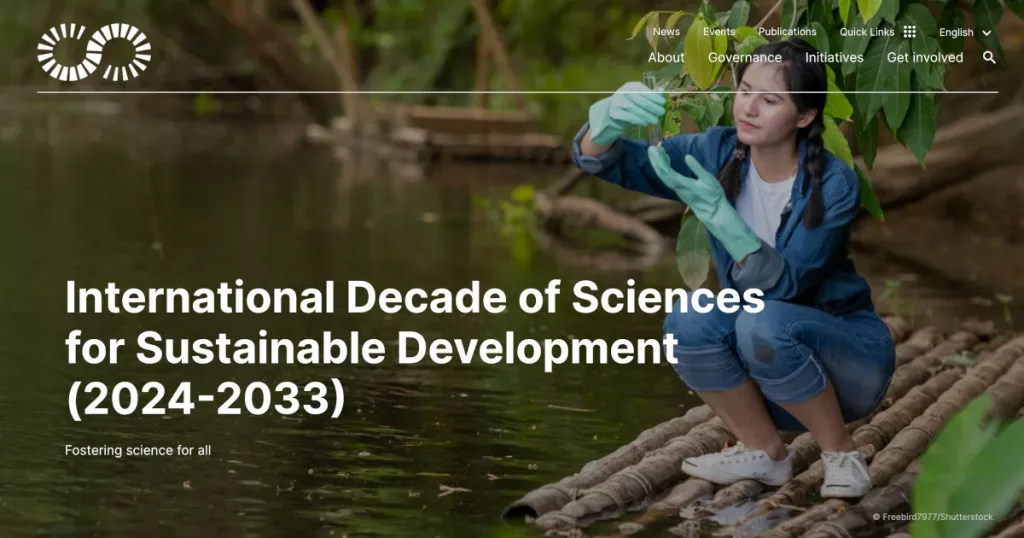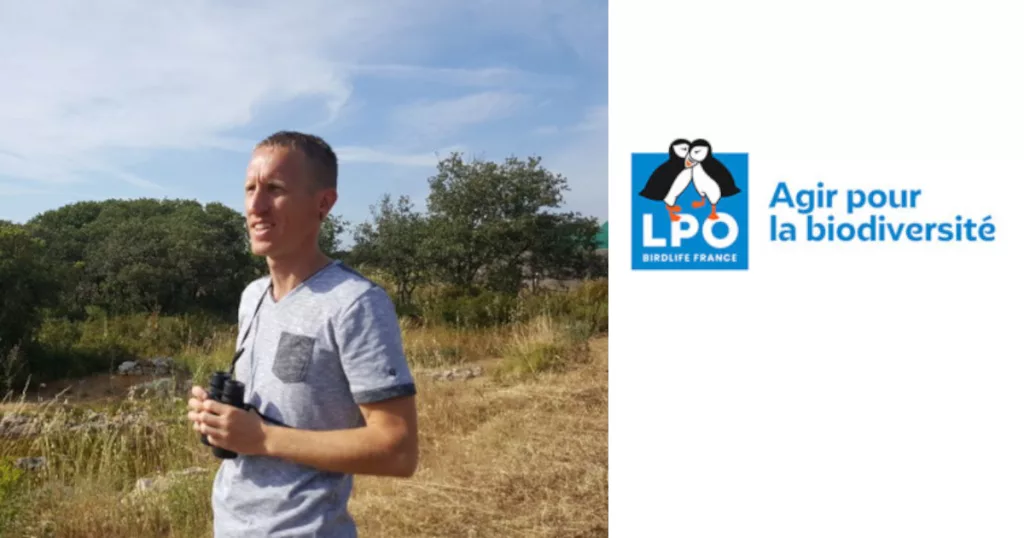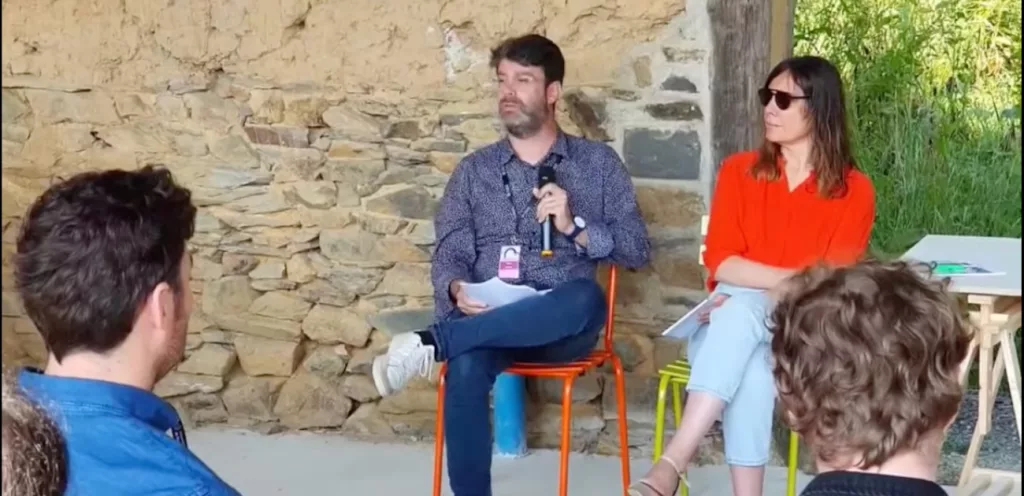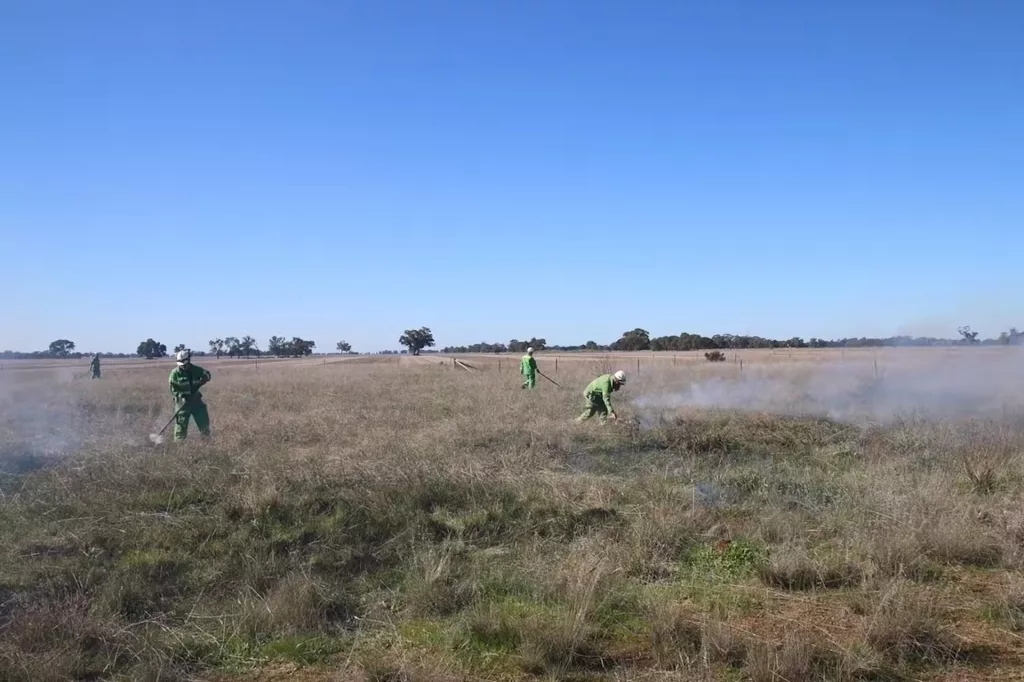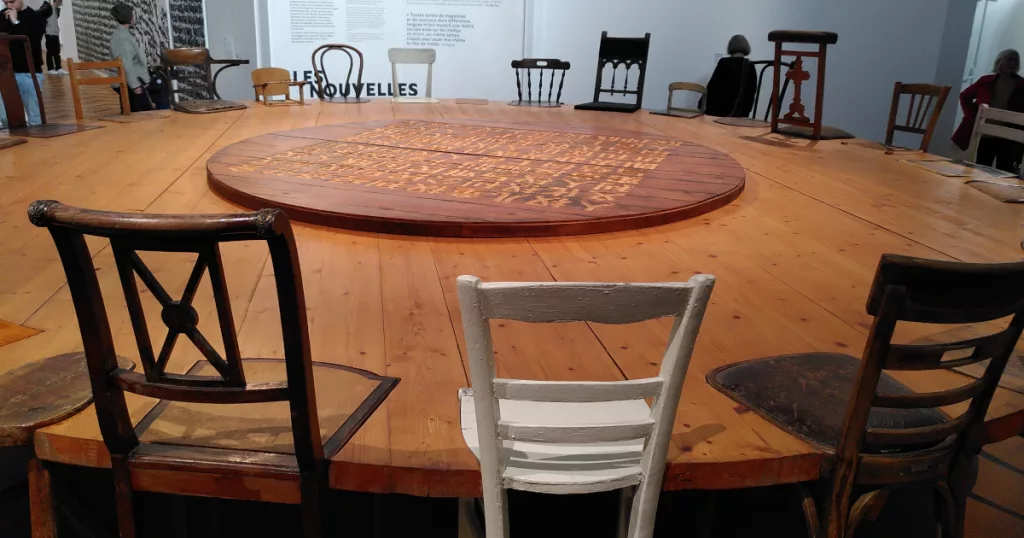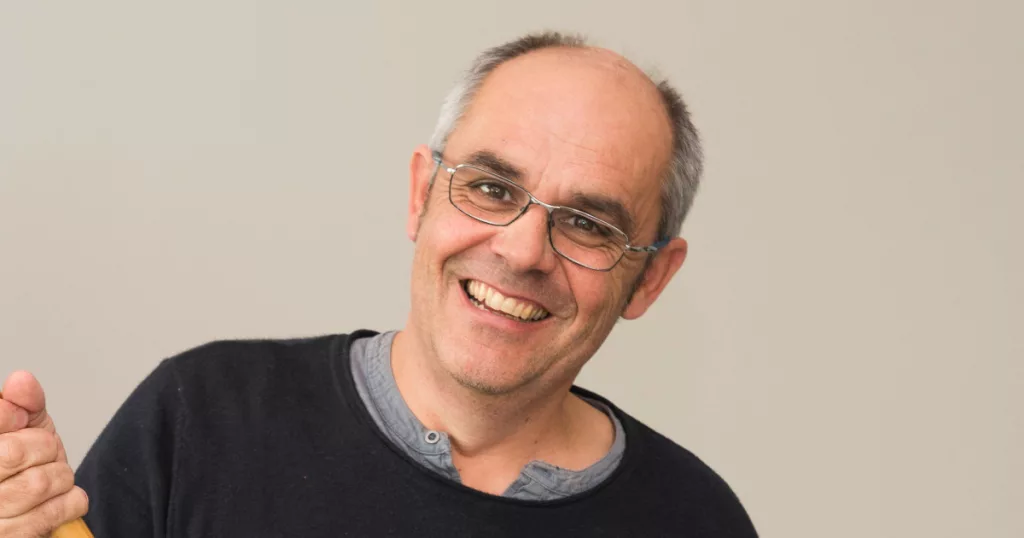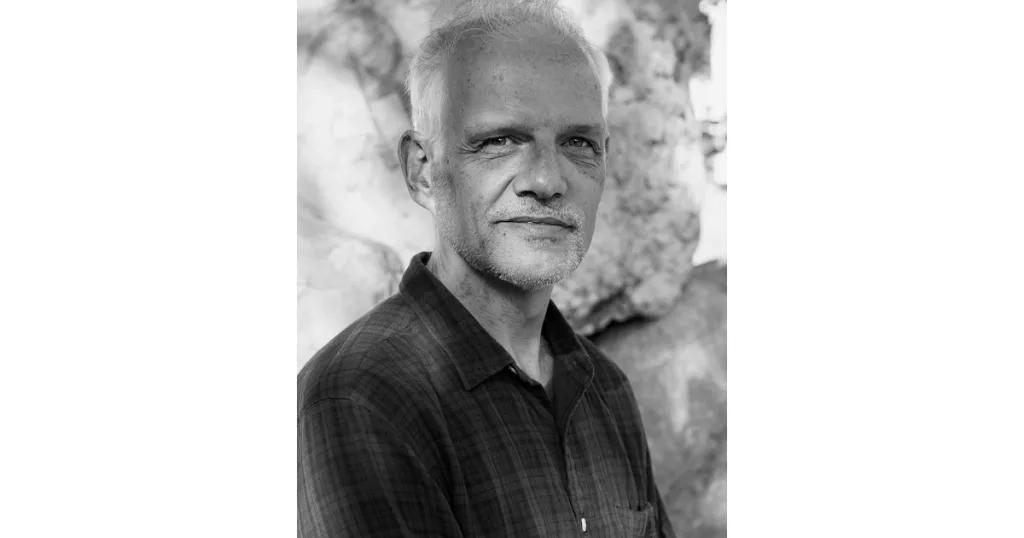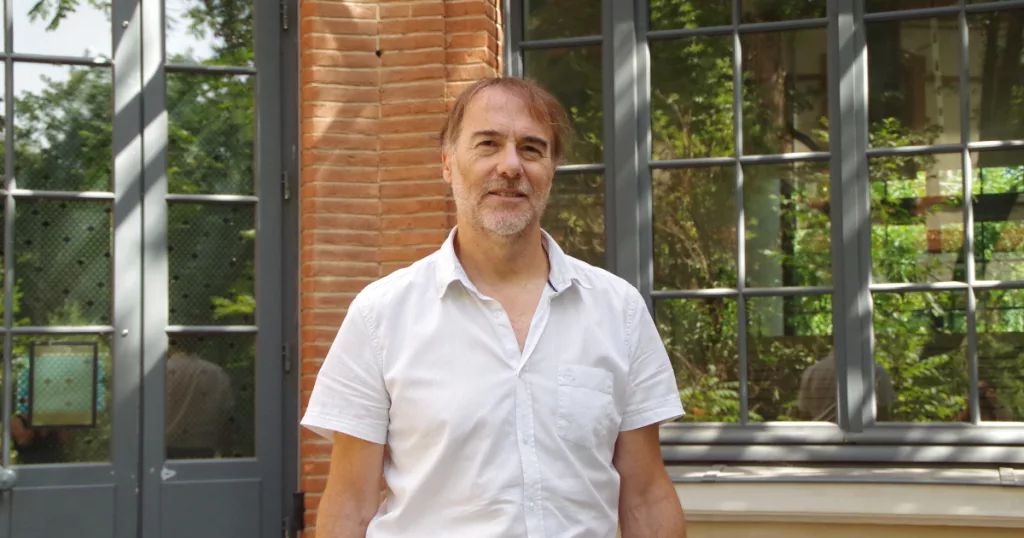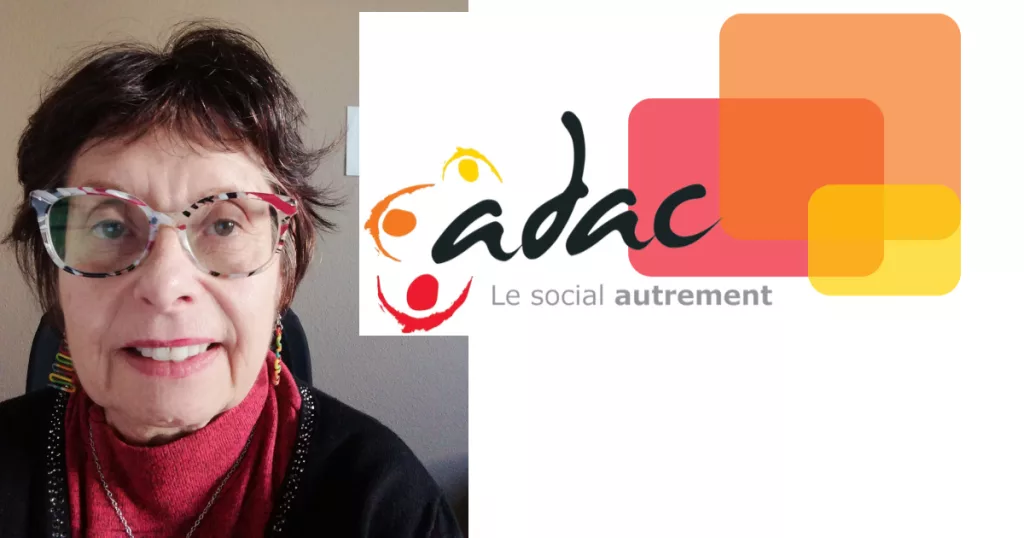Bruno Tardieu: “Taking seriously the voices of the very poor is essential to understand poverty”
With a collaborative research platform, ATD Fourth World association, Conservatoire national des arts et métiers and Centre national de la recherche scientifique, in France, are developing knowledge on participatory research into poverty. Bruno Tardieu (right), a full-time volunteer at ATD Fourth World, is one of the moderators of the merging knowledge workshops Why is ATD Fourth World involved in collaborations with scientific researchers? Bruno Tardieu: ATD Fourth World was founded in 1957 by Joseph Wresinski, a catholic priest, in an emergency housing camp built by the public authorities following Abbé Pierre’s call in 1954. The camp had become a slum, inhabited by desperate families. Wresinski was there as chaplain. The first people in charge of ATD realized that reality was being denied: officially, there was no longer any misery in France, there were only social cases, people not suited to progress. To get this reality recognized, a sociologist, Jean Labbens, and a psychologist agreed to carry out in-depth studies in the camp. From the outset, they took seriously the participatory observation reports drawn up by the association’s “permanent volunteer” staff: as they still do today, they wrote down every evening that had happened during the day. They worked from these as well as with open interviews. What happened next? B. T.: With the support of the French Commission for UNESCO, ATD Fourth World organized two symposia at UNESCO headquarters in Paris, in 1961 and 1964, on what were then known as “misfit families”. They helped to establish the notion of social exclusion, to contradict the notion that people were ill adapted to their situation: it was really that outsiders did not understand how they intelligently adapted to impossible situation. The association was also involved in work with historians, writing the family histories of very poor families over several generations, and in research into children’s language development. Researchers at the Columbia University School of Social Work in New York (USA) were soon intrigued by these methods, community organizing that included priority to the poorest and invited ATD to collaborate with them on community development programs in the USA. Let’s jump ahead in time: in 2023, ATD Fourth World France shared the Participatory Research Prize for the “Croiser les savoirs avec tou.te.s” (merging knowledge with all) project. What was this project? B. T.: It has to be seen in the context of what I have just explained. Many academics disputed the scientific nature of the work carried out with ATD in the 1960s and 1970s. In 1980, at a conference held at UNESCO, Wresinski countered this view by asserting that, as far as poverty was concerned, academic knowledge was not superior to the knowledge that people themselves had of their condition, or to the knowledge of action acquired by social workers and permanent volunteers. And that people living in poverty must be allowed to formulate their questions and work on them: they can be the driving force behind other forms of research. These ideas led to the development of the merging of knowledge method: we invited academics, people living in poverty and people in action to co-construct knowledge. The work we carried out in this way brought to light epistemological questions, which were formulated in 2015 during a seminar in collaboration with a laboratory at the Conservatoire national des arts et métiers (CNAM). This led in 2017 to the creation of the collaborative space “Croisement des savoirs avec toutes et tou.te.s”, through an agreement between CNAM, CNRS and ATD Fourth World, with the support of the Groupement d’intérêt scientifique “Démocratie et participation” (group of scientific interest “Democracy and participation”). It was the work of this collaborative space that was awarded the prize in 2023. What was at stake in this work? B. T.: In France, or in Europe, politicians were interested in the knowledge we were producing together with people living poverty who were themselves members of ATD, because they could see that they could use it practically. But before using it as a basis for policy, they would check with university experts in the field. And there, they didn’t hear the same point of view at all: our knowledge was dismissed as non scientific. This is what forced us to formalize the terms of an alliance. So, you wanted to forge an alliance with these experts to produce a common knowledge, rather than fight for legitimacy? B. T.: Yes. And what’s more, this cooperation produces a better quality of knowledge. Academics help us to understand our knowledge using concepts from other fields. For example, the notion of epistemic injustice, which was identified in feminist philosophy by Miranda Fricker, from New-York University, is relevant to poverty studies: what people say is interpreted by concepts that go against what they mean. That is what happened when the poor were called inadapted, and we changed that into socially excluded. Another more recent example, the notion of non-recourse: in France, 30% of those entitled to social benefits do not receive them, and this is called non-recourse (or non take up). But what very poor people who have thought about it say is that it is non-access, rather than non-recourse: in practice, it is very difficult for them to apply for these benefits. And non-recourse imply that people do not even ask for their rights. We need to deconstruct some notions produced by academics alone, who have been blinded by their environment. And it is also necessary to deconstruct notions created by an association like ours, and beliefs that circulate among very poor people. Doing so, we are building new knowledge and ways of thinking together: the various participants in the research realize that they can indeed work together, despite their social, economic or educational differences. What was the collaborative space’s work program? B. T.: We explored three issues. First, separation in peer groups: should the different categories of participants to the merging of knowledge always work together, or is it preferable to keep some separate meetings in peer groups as safe spaces? The collaborative
